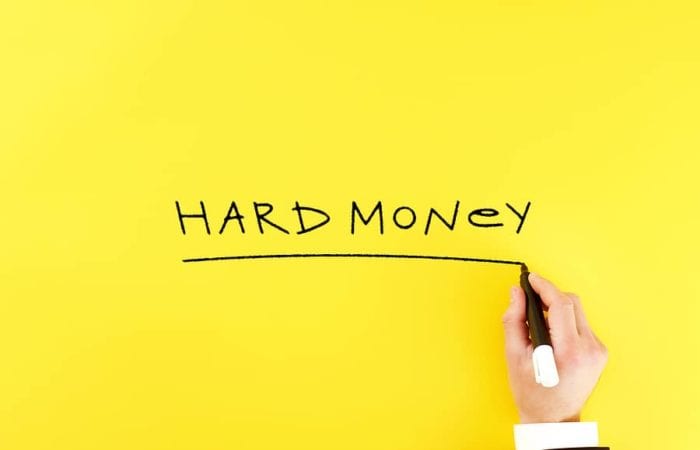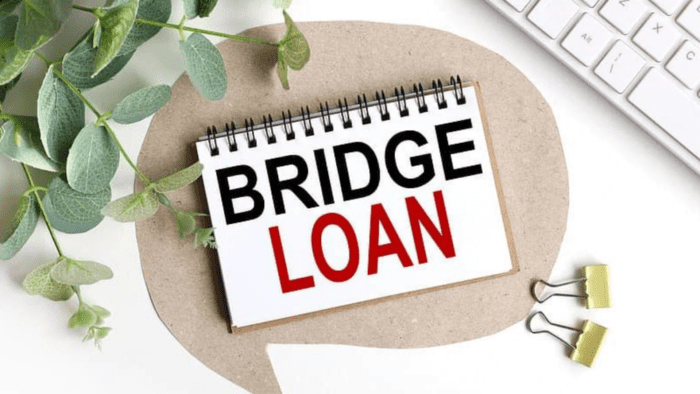One question that first-time home buyers consider is, “Is mortgage insurance something that I need?” Many people misunderstand mortgage insurance, but it’s imperative in the Canadian housing market. Every buyer must know where it’s needed, who pays for it, and when it can be avoided.
What is mortgage insurance? When will you need it, and how are the costs covered? These are the three main things that this article will cover. There are a few exceptions, too, including why private lenders usually don’t mandate it. By keeping themselves informed, Canadian home buyers will be able to borrow with confidence.
What Is Mortgage Insurance and Why Does It Exist?
Borrowers often assume that these insurances exist to protect them. Instead, mortgage insurance exists to shield lenders from a default on their borrowers’ mortgage payments. This is to provide security for banks and financial institutions offering high-risk mortgages. The largest insurers are Canada Mortgage and Housing Corporation (CMHC), Sagen, and Canada Guaranty.
Mortgage insurance’s primary goal is to aid Canadians who cannot afford a property because of insufficient down payments. Lenders are wary of lending to high-risk borrowers, so the default risk is passed on from lenders to insurers. This incentivizes lenders to grant mortgages with down payments below 20%. Ultimately, this benefits Canadians who cannot save upfront funds for a mortgage.
When Is Mortgage Insurance Mandatory in Canada?
Buyers who make a down payment of less than 20% are considered high-risk investments. Federal law requires lenders funding these borrowers to have insurance. Many lenders would be unwilling to finance buyers with little equity without this insurance.
Conventional mortgages are a different ballpark. If a buyer can pay 20% of their down payment upfront, they do not need insurance. Lenders see these buyers as less risky because they’ve already invested much of their money. If something goes wrong, like missing payments or the home being sold by the lender, they’re less likely to lose a lot of money.
Who Pays for Mortgage Insurance and How Much Does It Cost?
Borrowers pay for mortgage insurance, but lenders will arrange coverage. This is offered through the form of a one-time fee attached to the mortgage principal and included in monthly mortgage payments. This premium does not need to be paid upfront. Instead, it is financed along with the mortgage.
Mortgage insurance premiums depend on how much money from the down payment is put on the table. A down payment in any range between 5% and 9.99% will trigger premiums that might be in the neighbourhood of 4% of the mortgage amount. For down payments of 10% to 14.99%, the premiums usually drop to almost 3.1%. Again, down payments between 15% and 19.99%, it goes even lower to around 2.8%. These rates will constantly evolve and keep changing with the market conditions over time. On an important note, buyers should account for this cost as an added expense when planning to purchase a home.
Exceptions and Exemptions: When You Don’t Need It
Most high-rate mortgages require mortgage insurance, but there are a few exceptions to the rule. Buyers paying at least a 20% down payment do not need insurance, and these insurances only apply to residential properties priced below $1.5 million. If a property is sold for $1.5 million, the law requires a minimum 20% down payment. This means they cannot be insured with mortgage default insurance.
Refinancing an existing mortgage is another possible exemption. Refinances do not need default insurance because they tap into equity. Most equity exceeds the mandatory threshold for mortgage insurance. Borrowers who want to transfer their insured mortgage to a different lender without increasing the loan amount are exempt. However, they only remain exempt if the mortgage terms remain consistent. Being aware of these exceptions can save a lot of money.
What About Private Lending? Does It Require Mortgage Insurance?
Mortgage insurance requirements change depending on who you borrow from. Private lenders are independent of major banks and don’t follow the same rigid guidelines. Private lenders rarely require mortgage default insurance, even if a borrower contributes less than 20% of their down payment. These lenders can be beneficial for borrowers with bad credit.
Instead of relying on insurance, private lenders elevate their interest rates above the typical amount. Borrowers with weak credit histories, lower down payments, or unstable income may be unable to pay on time. These additional fees compensate for the high amount of risk in their investment. Borrowers pursuing private lending should be prepared to pay the extra costs.
Before borrowers try to dodge mortgage insurance, they need to weigh the higher costs that come with it. Private lending offers much more flexibility and swift approval rates, which can make the added costs advantageous. Borrowers should assess their long-term financial goals before choosing between private or traditional lending.
Making an Informed Choice
Learning the ins and outs of mortgage insurance is essential for any home buyer. Mortgage default insurance allows buyers to secure a mortgage despite lower down payments. Simultaneously, it protects lenders against any financial losses. Knowing when mortgage insurance is mandatory (primarily for down payments below 20%) allows borrowers to budget strategically.
There are exceptions, too. Those include properties above the $1-million mark, refinancing, or conventional mortgages. If it happens to be private, lenders may do away with the mortgage insurance requirement; however, such an option forces the borrower to weigh the attraction of not having to pay for mortgage insurance against higher interest and fee charges. In the meantime, correctly understanding what mortgage insurance is for, when it is mandatory, and what its costs are will put the best advantage into the homeowner’s hands to strategically finance their home.






